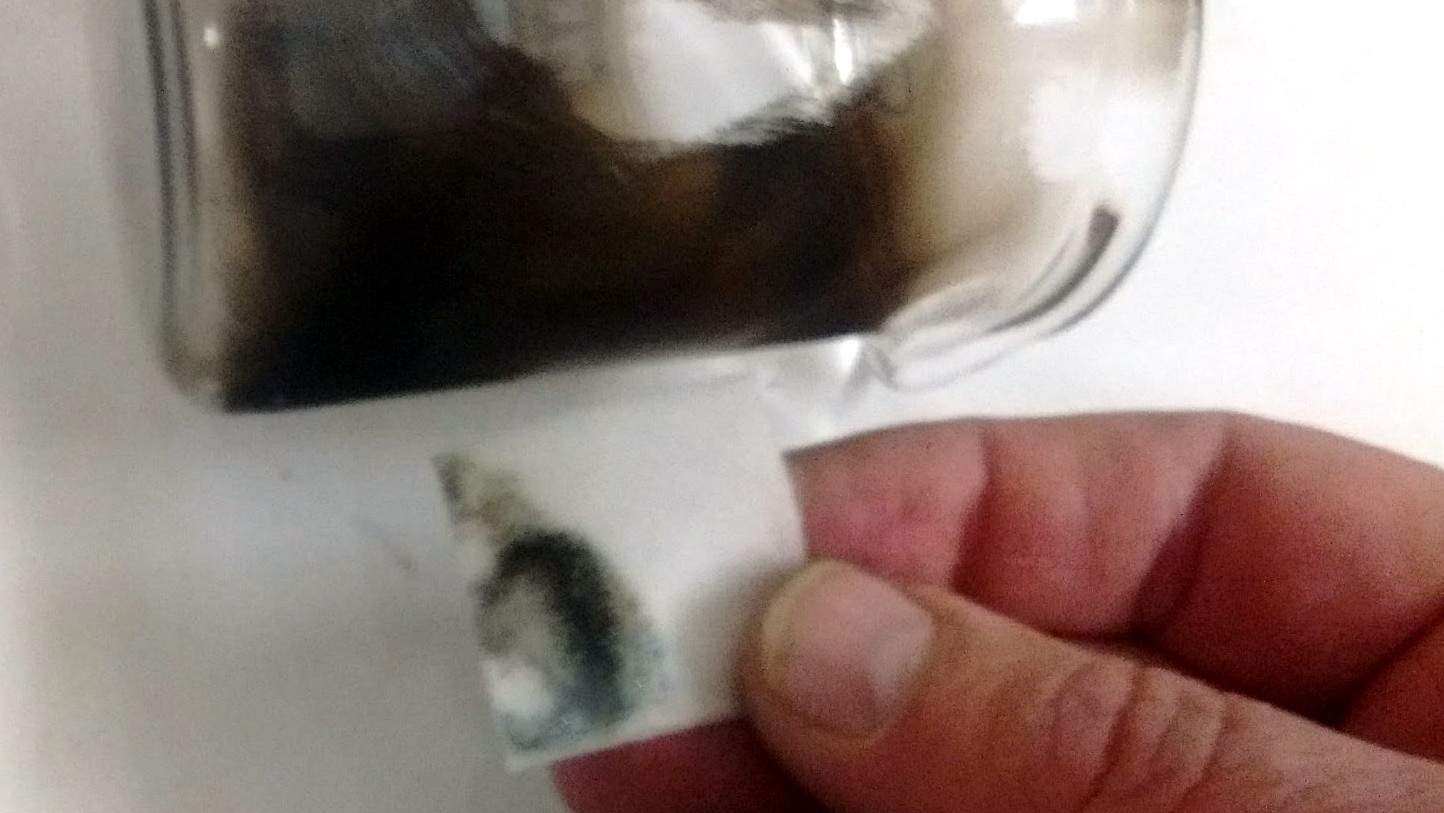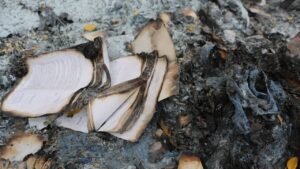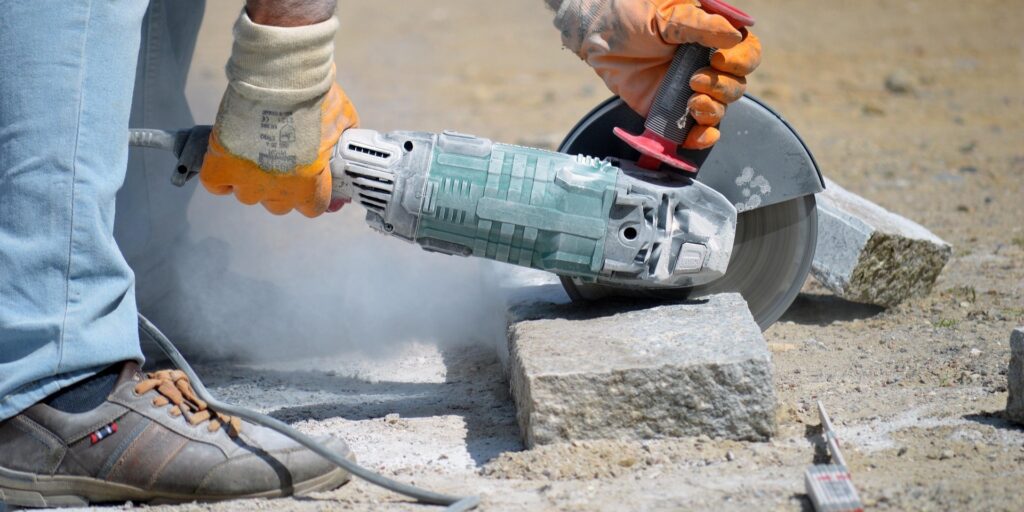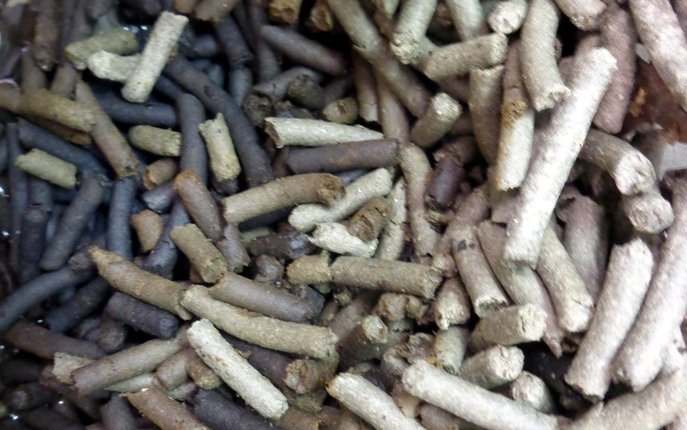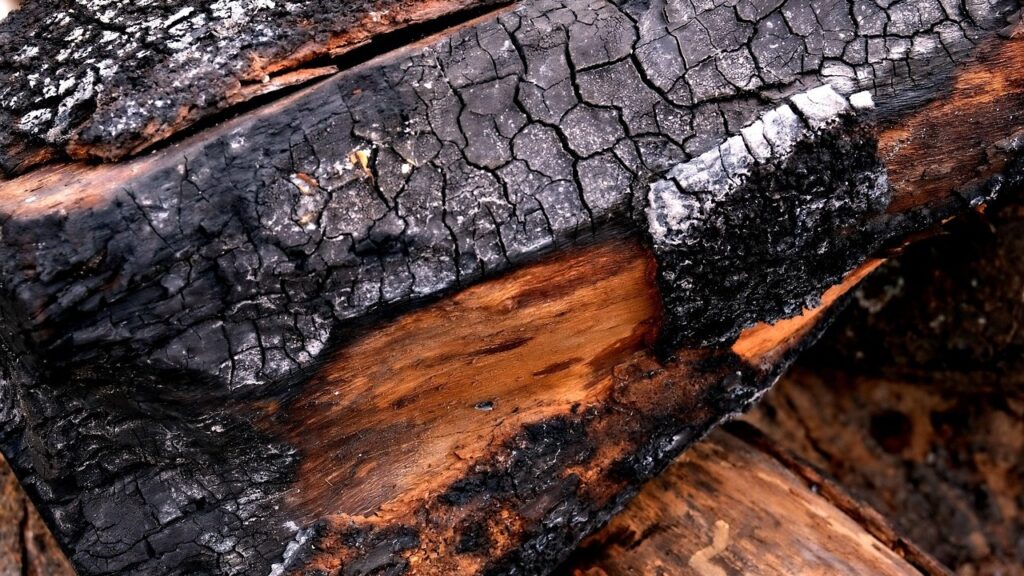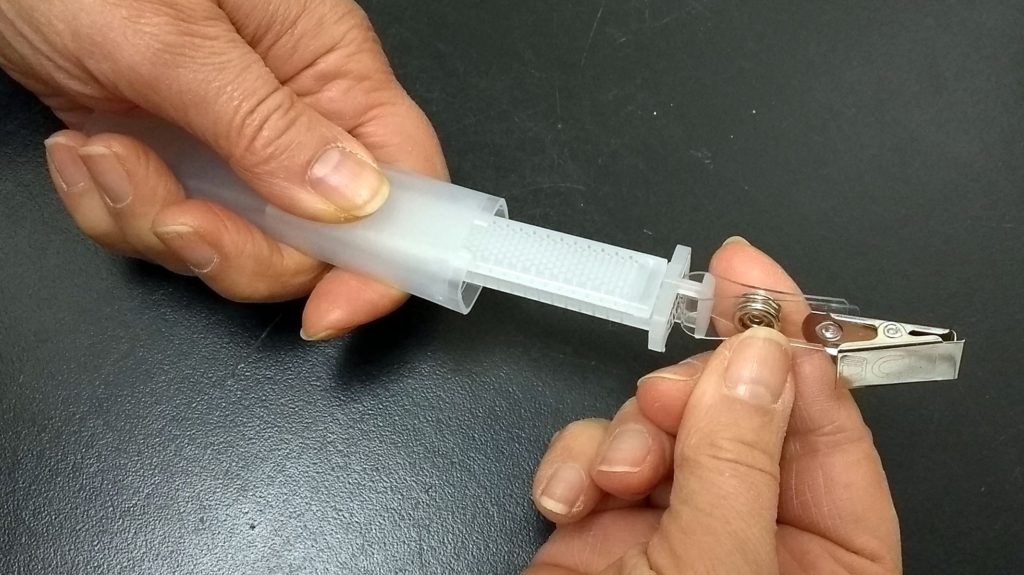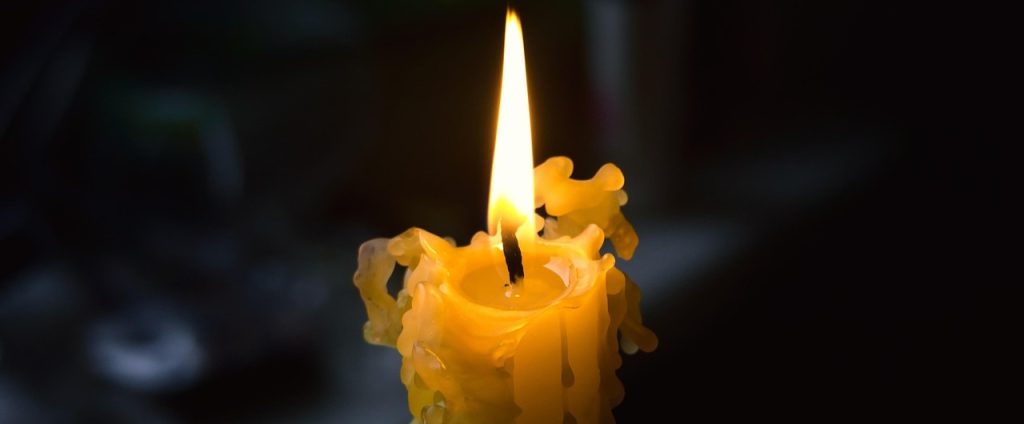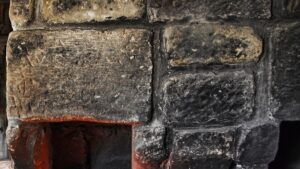 At LCS Laboratory Inc., we understand that precise terminology is crucial in fire debris analysis. Different laboratories may use varying definitions, leading to discrepancies in reported findings. This page clarifies the key terms we use when identifying fire debris components and highlights how our approach differs from others, such as other laboratories.
At LCS Laboratory Inc., we understand that precise terminology is crucial in fire debris analysis. Different laboratories may use varying definitions, leading to discrepancies in reported findings. This page clarifies the key terms we use when identifying fire debris components and highlights how our approach differs from others, such as other laboratories.
Key Definitions Used by LCS Laboratory Inc.
Soot: Soot consists of submicron carbon particles produced during the pyrolysis of organic vapours, such as lamp soot or oil soot. These particles are extremely fine, typically 0.01 to 3 microns in size, making them difficult to identify solely through microscopy.
Char: Char refers to carbon particles larger than 10 microns, formed during the pyrolysis of materials like wood, paper, paint, and plastics. Char is distinct from soot due to its larger size and is identifiable under a microscope.
Carbon Black: Carbon black is a black pigment created by grinding coal or char. It is often indistinguishable from char under standard microscopic analysis.
Burnt Organic: This term describes organic materials that have been exposed to heat and show colour changes but are not fully carbonized. Burnt organic material bridges the gap between unaltered organic matter and fully formed char.
Ash: Ash comprises mineral salts left behind after carbon has burned away from char. Unlike other components, ash is water-soluble and can partially dissolve when alcohol wipes are used for sampling. While we can detect some ash under a microscope, results may be biased due to its solubility.
The Challenge of Definitional Variances and comparison results obtained from different labs.
While the above definitions form the foundation of our analysis, other laboratories may use different criteria or terminology, leading to potential confusion when comparing reports. For instance:
- Soot: Other laboratories may speculate about soot in their reports, but their criteria for identifying it may differ from our size-based definition. Without clarity on their methodology, it is challenging to ascertain what they consider soot.
- Ash: Other laboratories’ definition of ash appears to diverge from ours, which focuses on water-soluble carbonate salts. Their reports may include components under “ash” that we categorize differently.
Limitations of Microscopy in Fire Debris Analysis
Some fire debris components, such as soot, present inherent challenges for microscopy due to their extremely small particle size. While we rely on our stringent definitions and advanced techniques to provide accurate results, certain limitations are unavoidable. For example, the solubility of ash can introduce biases in microscopy-based results when alcohol wipes are used for sampling.
Why Clear Definitions Matter
Discrepancies in terminology can lead to misunderstandings when interpreting fire debris reports. At LCS Laboratory Inc., we prioritize transparency by clearly defining the terms we use and adhering to rigorous standards in our analysis. If you receive reports from multiple laboratories and notice differences in findings, these may stem from variations in definitions rather than inconsistencies in data collection or analysis.
Contact Us for More Information
We’re here to help. If you have questions about our fire debris analysis methods or need assistance comparing reports from different laboratories, please contact us for more information or shipping instructions.
You can also download our laboratory price list and find the necessary request forms.

